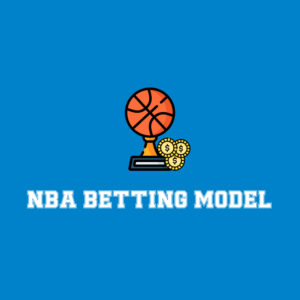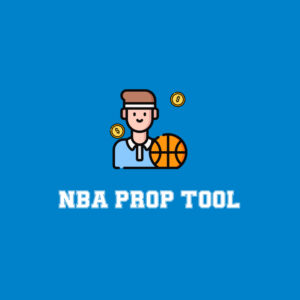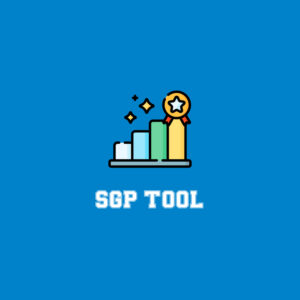
Pitchers and catchers are in spring training, but there still a lot of work to do for the 2021 fantasy baseball season, so I’ll be brief with the pleasantries. Today we’re continuing our positional breakdowns with the top-tier outfielders. Due to the sheer volume of players at the position, we’ll shift gears in format. I’ll actually share a slight glimpse into my own methodology as we compartmentalize four players at a time into statistical baskets. That’ll be Part 1, and we’ll be back later with Part 2, where we hit on the non-elite options at the position. As always, for the deep-leaguers, high-stakes players and best ballers out there, I’ll be covering late-round picks on the Corked Stats Podcast at the FTN Network.
(Check out the other positions so far: first base | second base | shortstop | third base)
Before I dive in, I’d be remiss if I didn’t mention the absolute outpouring of support for yours truly in a 2021 Baseball Pod tournament win (Stay tuned for Round 2). Thank you so much for following my work here at FTN Fantasy; It’s been an extremely busy offseason.
It’s hard to begin a massive undertaking like this without at least laying out some of the underlying strategic aspects to drafting OFs. They’re among the most talented and diverse players in the pool, but also the most plentiful. I don’t mean to take the lawyer’s way out on the best route of attack, but it depends on the situation. The first consideration to drafting early OFs should be your league size and lineup requirements. In a shallow league (10-team or three-outfielder), I generally would pass on any first-round OF to get a stake in the high-end starters market — I feel it’s easier to replace offensive skills later in the draft or in-season off the wire. Drafting any of the top four outfielders isn’t going to kill you, but fantasy baseball takes the form of a complex puzzle that cannot be solved with a single piece. “Keep your eyes downrange” is a favorite phrase of mine, and it applies to this initial choice as a matter of personal preference. I build my teams backward from my own perceived areas of depth (usually OF). However, in a deep league (15-team or five-outfielder), the calculus changes, and I find myself stressing steals and choosing the best five-category contributor. Always stay mindful of the rules.
Tier 1 — First round
It’s extremely close at the top between these four players. We know it will come down to splitting hairs. When faced with these tough decisions, choosing my favorite overall skill set, I compartmentalize stats into baskets. This not only makes the problem easier to digest, but also keeps any single metric from tipping the scales. Removing bias completely is impossible; removing bias as much as possible is crucial. I’m zooming out to 2019 for this exercise — there’s too much draft capital at stake to be based on only 60 games.
Basket 1: Surface stats
.png)
All four of these superstars play every day atop strong lineups and contribute daily. The batting averages range from above average to fantastic, and each one comes with plenty of Rs+RBIs. Each projects as a $35 player per the BatX auction calculator — that’s out of only seven total such players in the league (Fernando Tatis Jr., Trea Turner and JT Realmuto are the others). Power or speed, the choice is yours. Betts and Acuña naturally pair if you need speed early, and the same for power and Trout/Soto. Any of these players can anchor a championship fantasy team, so as big as these decisions are, I don’t let them keep me up at night. Present your case, make an informed decision, and go with it confidently.
Basket 2: Disciplinary stats
.png)
We see the first real differential among the group, with Acuña falling behind, the only in the group with a double-digit swinging strike rate. He chases more than anyone else, and his in-zone contact rate (Z-Contact%) is below the other elite profiles. Personally, I think Betts has the best combo here with the lowest K rate, but Trout and Soto aren’t far behind. Acuña’s issues with discipline are likely what’s keeping him from being the undisputed OF1, but he’s walking more of late and that’s always something that could improve with maturity.
Basket 3: Elevation stats
.png)
Aside from this being an absolute line drive bonanza, it’s another close race, only this time with Soto trailing. His line drive percentage could use a little improvement, as could his groundball:flyball ratio. In my opinion, the lack of consistent lift could limit Soto’s HR potential for the time being. Remember that we’re splitting hairs; there are very few holes in Soto’s game. However, with maximum draft capital at stake, it is always important to make sure our opinion is as informed as possible. Again, Trout’s numbers across every board prove why he’s my top hitter and first overall draft pick in any league that doesn’t disproportionately weigh stolen bases.
Basket 4: Statcast
.png)
The deep red Statcast metrics from Savant should offer no surprises, except for maybe how great Trout is. Combining that type of discipline and contact with a power profile of this caliber happens once in a generation. As you might expect Betts lags a bit in the pure power department (but offers compensation in other categories). The internal push and pull of deciding between these hitters is real and warranted. There are no slouches here.
Basket 5: Advanced batted ball metrics (since 2019)
Some notes on the stats here:
- xwOBA — Expected weighted on-base average. xwOBA is formulated using exit velocity, launch angle and, on certain types of batted balls, sprint speed. xwOBA removes defense from the equation.
- xwOBAcon — Expected weighted on-base average on contact. xwOBAcon is a very specific derivation; it is the expected wOBA of just the contact, so it excludes walks and hit by pitches.
- DHH% — Dynamic hard-hit rate. DHH% was developed by Connor Kurcon and uses a combination of exit velocity and launch angle to optimize the best hard-hit balls.
- Blast% — Blasts are the ideal subset of barrels; they are the single best outcome for a hitter.
- sd(LA) — Standard deviation of launch angle. It is essentially launch angle tightness. The lower the standard deviation, the better control of contact that hitter is thought to have.
.png)
I know, I know. Before you say it, don’t be intimidated by new stats. As we gain the ability to measure batted ball events more accurately, these stats help us better understand what’s happening. This basket is not used by many fantasy players (yet). Statcast has helped us to comprehend what’s going on beyond the result and this basket is the next step in that field of analysis. The xwOBAs are all excellent, with Trout’s off the board of course. Betts lags in power as we know, and again we see Soto’s inability to lift hurt him in DHH% and Blast%. Average standard deviation of launch angle around 28 degrees is average — Acuña’s 27 is good, but the 25 by Betts and Trout are absolutely elite. They have unparalleled bat control, and it helps explain the constant production.
Tier 2 — Second/third round
Basket 1: Surface stats
.png)
The first takeaway from this table is how greatly samples can alter perception. Yelich was one of the biggest disappointments in 2020 (.205 batting average), so now the same annoying question arises: What do we do with the small sample? A quick zoom out to 2019 puts Yelich back on top with the very best in baseball, however. The elite cross-categorical contributions, including steals, are undeniable (in 100 fewer PAs than Harper, no less). I don’t make too many (if any) determinations off surface stats alone, but there’s a reason Yelich has fallen — health and playing time. First-round selections can offer MVP potential, but losing that same player has equally disastrous consequences. I generally don’t fool around with injuries, particularly at this early stage but if there’s an exception, this is it. Another major note here is the goose egg from Jimenez in the steals department. For me, this becomes incredibly difficult to ignore in roto. Slight chip-ins in SBs throughout the roster make a big difference and those fives and sixes can really add up over 162.
Basket 2: Disciplinary stats
.png)
Discipline will take the most care when analyzing in this exercise. In a vacuum, disciplinary metrics for power hitters can look poor, but remember it’s very rare to combine the two skills. For example, of the 413 hitters in 2020 with at least 50 plate appearances, only 13 (or 3%) hit at least 10 homers with a swinging strike rate under 10%. We could even probably expand that same thinking to in-zone contact (further showing why Trout is so amazing). If we look at the baskets as a whole, Jimenez has red flags across the board: Too many Ks, not nearly enough walks, and the only chase rate well beyond average. Combine all that with the 15% swinging strike rate, and he’s at the bottom of this foursome for me currently. Tucker shows a lot of promise here and has displayed better discipline in his minor league career than in the majors thus far. At only 24, this is a skill that can and often does further develop.
Basket 3: Elevation stats
.png)
Elevation is an important focus entering 2021, moreso with the possibility of a deadened ball. We can’t necessarily quantify it yet, but I’ll be preparing for the change by trying to maximize those skills that lead to home runs. Once again, Jimenez finds himself bringing up the rear, posting the worst total in all three metrics. It could improve, but this profile has been consistent throughout his career. Yelich doesn’t have an ideal GB/FB ratio, it’s true, but he has always maintained an elite HR/FB ratio due to his 99th percentile mark in exit velocity on fly balls. Tucker checks all the boxes here as well, but with it the lingering shroud of limited PAs to make sure our decision is never too easy.
Basket 4: Statcast
.png)
Once again, a simple change of perspective back to early 2019 would put Yelich in the middle of the first round. The hard-hit percentage, average exit velocity, max exit velocity, Barrel% and Blast% are off the charts. I wonder if Yelich’s price will rise as we approach the start of the season. Harper also rates very well through this lens. He’s my favorite of the bunch, particularly due to a floor for steals over zero. Jimenez makes his big appearance here with these Statcast metrics — the raw power is real. His home run rate, similar to Yelich is legitimate in my opinion, because of the elite exit velocity on fly balls.
Basket 5: Advanced batted ball metrics (since 2019)
.png)
Again, from this perspective, Yelich is mispriced. We may not find much disparity here, but that’s OK. Each player’s power holds up under scrutiny. Tucker even making up for not being a pure slugger with his speed. It feels like we barely mentioned Harper through this, and I think that’s a good thing. He excels across the board, and considering Yelich’s recent back issues, Harper’s my top choice here.
I understand the “conclusions” to be drawn here wind up in a gray area. However, an objective process will at least keep us consistent in our decisions, avoiding emotional reactions.
Make sure to be on the lookout for the Corked Stats podcast episode on outfielders in the coming days. Please rate, review and subscribe. If you have thoughts, comments or pushback, please feel free to interact @MLBMovingAvg.





























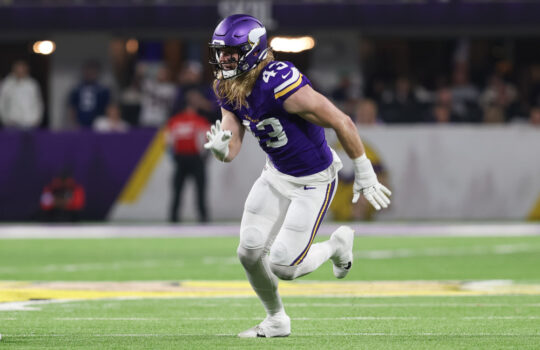



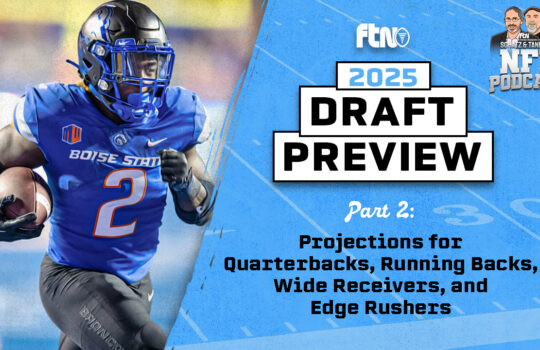

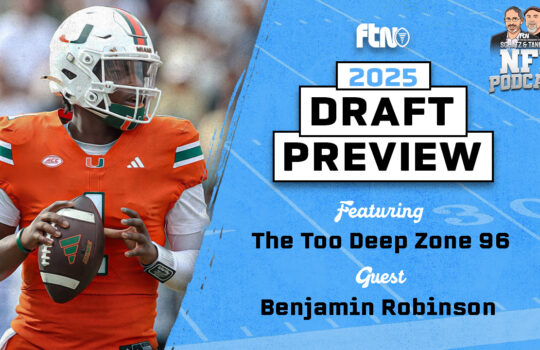





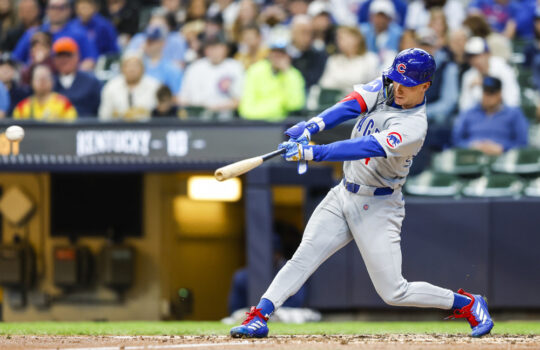

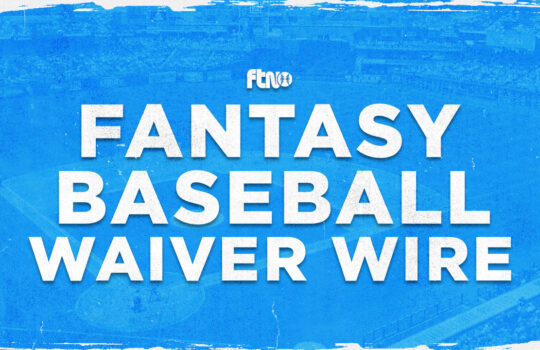

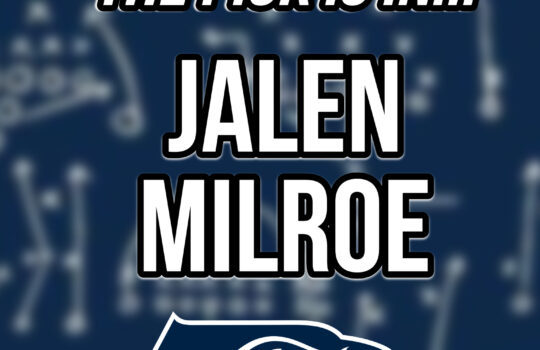

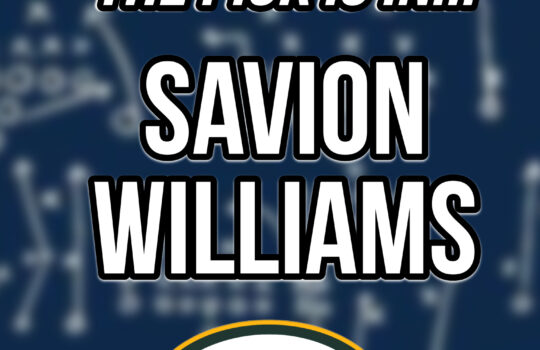
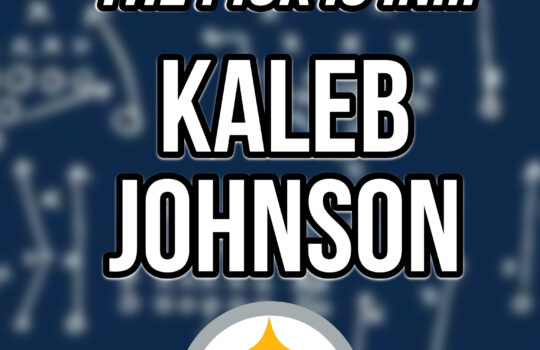

 New York Jets
New York Jets  New England Patriots
New England Patriots  Miami Dolphins
Miami Dolphins  Buffalo Bills
Buffalo Bills  Pittsburgh Steelers
Pittsburgh Steelers  Cleveland Browns
Cleveland Browns  Cincinnati Bengals
Cincinnati Bengals  Baltimore Ravens
Baltimore Ravens  Tennessee Titans
Tennessee Titans  Jacksonville Jaguars
Jacksonville Jaguars  Indianapolis Colts
Indianapolis Colts  Houston Texans
Houston Texans  Las Vegas Raiders
Las Vegas Raiders  Los Angeles Chargers
Los Angeles Chargers  Kansas City Chiefs
Kansas City Chiefs  Denver Broncos
Denver Broncos  Washington Commanders
Washington Commanders  Philadelphia Eagles
Philadelphia Eagles  New York Giants
New York Giants  Dallas Cowboys
Dallas Cowboys  Minnesota Vikings
Minnesota Vikings  Green Bay Packers
Green Bay Packers  Detroit Lions
Detroit Lions  Chicago Bears
Chicago Bears  Tampa Bay Buccaneers
Tampa Bay Buccaneers  New Orleans Saints
New Orleans Saints  Carolina Panthers
Carolina Panthers  Atlanta Falcons
Atlanta Falcons  San Francisco 49ers
San Francisco 49ers  Seattle Seahawks
Seattle Seahawks  Los Angeles Rams
Los Angeles Rams  Arizona Cardinals
Arizona Cardinals 
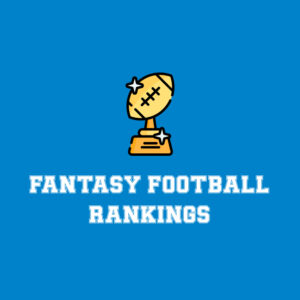
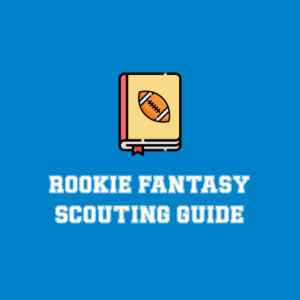
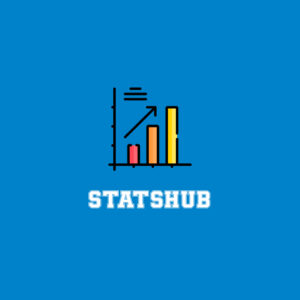





 Boston Celtics
Boston Celtics  Brooklyn Nets
Brooklyn Nets  Philadelphia 76ers
Philadelphia 76ers  New York Knicks
New York Knicks  Toronto Raptors
Toronto Raptors  Chicago Bulls
Chicago Bulls  Detroit Pistons
Detroit Pistons  Milwaukee Bucks
Milwaukee Bucks  Cleveland Cavaliers
Cleveland Cavaliers  Indiana Pacers
Indiana Pacers  Orlando Magic
Orlando Magic  Atlanta Hawks
Atlanta Hawks  Charlotte Hornets
Charlotte Hornets  Miami Heat
Miami Heat  Washington Wizards
Washington Wizards  Denver Nuggets
Denver Nuggets  Minnesota Timberwolves
Minnesota Timberwolves  Oklahoma City Thunder
Oklahoma City Thunder  Portland Trail Blazers
Portland Trail Blazers  Utah Jazz
Utah Jazz  LA Clippers
LA Clippers  Golden State Warriors
Golden State Warriors  Los Angeles Lakers
Los Angeles Lakers  Phoenix Suns
Phoenix Suns  Sacramento Kings
Sacramento Kings  Dallas Mavericks
Dallas Mavericks  Houston Rockets
Houston Rockets  Memphis Grizzlies
Memphis Grizzlies  New Orleans Pelicans
New Orleans Pelicans  San Antonio Spurs
San Antonio Spurs 
